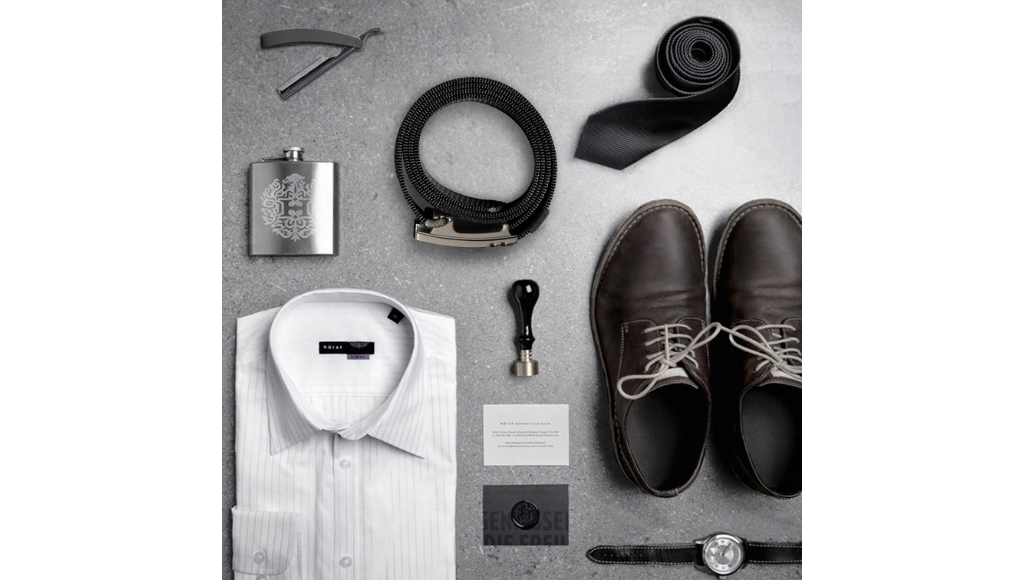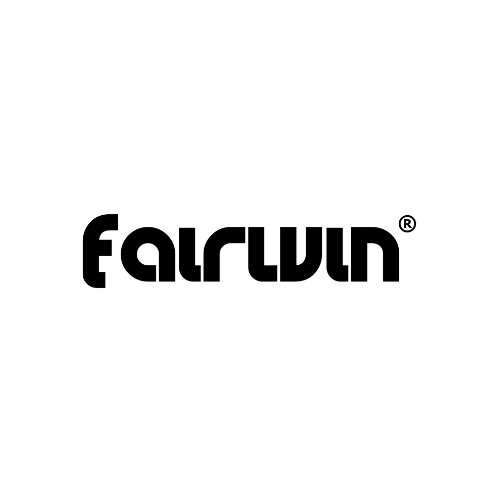
Essential EDC Features and How to Choose the Perfect EDC Belt
Share
Introduction
Everyday carry (EDC) gear goes beyond a simple pocket knife or flashlight—it’s the curated set of tools you rely on daily. A quality EDC belt is just as crucial, serving as the foundation that keeps your gear organized, accessible, and secure. In this post, we’ll explore the key characteristics of EDC setups and share tips for selecting the best EDC belt to suit your needs.
1. Core Features of EDC Gear
-
Functionality: Every item in your EDC must serve a clear purpose. Whether it’s self-defense, utility, or first aid, gear should be practical and reliable.
-
Compactness: EDC tools must be lightweight and unobtrusive. Bulky items defeat the purpose of everyday carry.
-
Durability: Gear should withstand daily wear and tear. Materials like 420HC steel, aluminum, and reinforced polymers are common in top-tier EDC tools.
-
Accessibility: Quick access is vital. Pocket clips, MOLLE attachments, and specially designed pouches ensure you can deploy your tools instantly.
2. Why the Right EDC Belt Matters
Your EDC belt does more than hold up your pants—it’s the primary mounting platform for essential gear. A poorly chosen belt can sag under weight or shift uncomfortably, compromising both readiness and comfort.
3. Key Considerations When Choosing an EDC Belt
A. Material & Construction
-
Nylon vs. Leather: Tactical EDC belts often use reinforced nylon for moisture resistance and strength, while leather belts offer a more classic look.
-
Stitching & Reinforcement: Double or triple-stitched belts with internal stiffeners prevent sagging when loaded with tools.
B. Buckle Design
-
Quick-Release Buckles: Look for buckles that allow swift on/off action without compromising security.
-
Low-Profile Ratchet Buckles: Some of the best EDC belts feature ratchet mechanisms for micro-adjustments and a sleek profile, eliminating belt holes that can wear out.
C. Load Capacity
-
Weight Rating: Check the manufacturer’s recommended load capacity. A true EDC belt for men should comfortably support a holstered firearm, multitool, and other attachments without twisting.
D. Modularity & Compatibility
-
MOLLE & Clip Systems: Ensure the belt works with pouches, holsters, and sheaths you already own. A modular design lets you reconfigure your tactical belt on the fly.
4. Top EDC Belt Styles to Consider
-
Everyday Carry Belt: Lightweight, flexible, and perfect for off-duty carry and casual wear.
-
Tactical EDC Belt: Rigid, heavy-duty nylon belts designed for law enforcement, military, and outdoor enthusiasts.
-
Dress-Compatible EDC Belt: Leather or low-profile ratchet belts that conceal your gear while looking sharp under a jacket.
Conclusion
An EDC belt is the backbone of any everyday carry system. By focusing on materials, buckle design, load capacity, and modularity, you can find the best EDC belt to keep your gear secure and accessible. Invest in a belt that matches your lifestyle—be it casual, tactical, or professional—and enjoy the confidence that comes with a perfectly organized carry setup.

